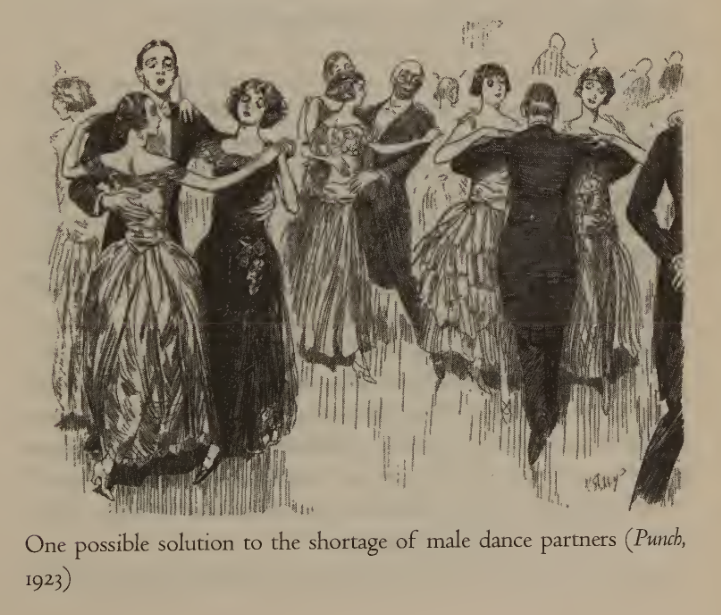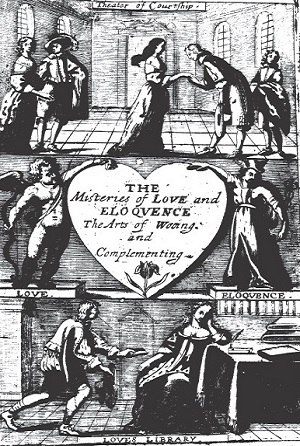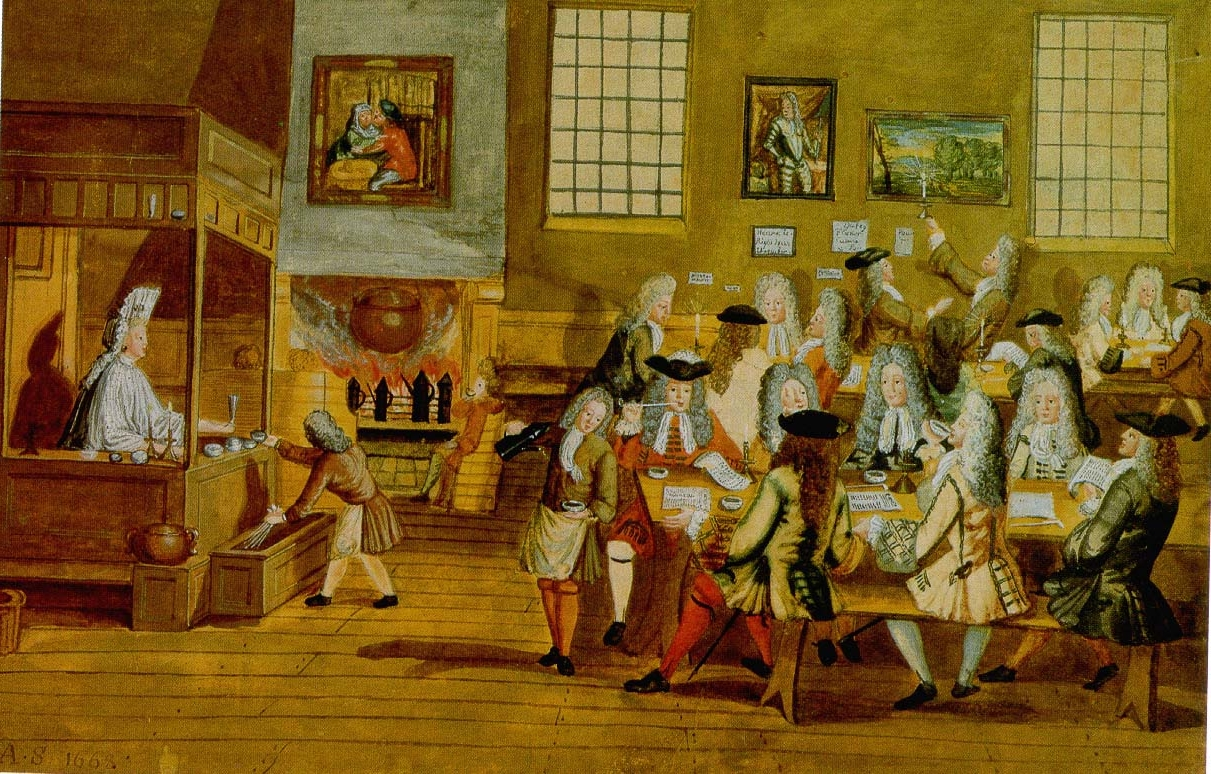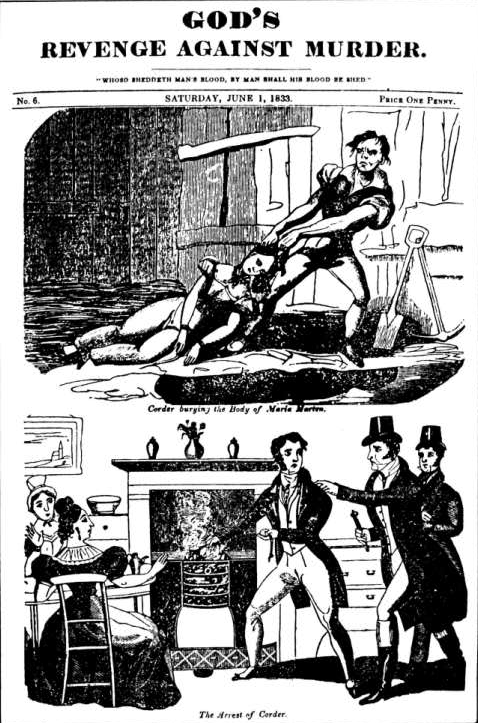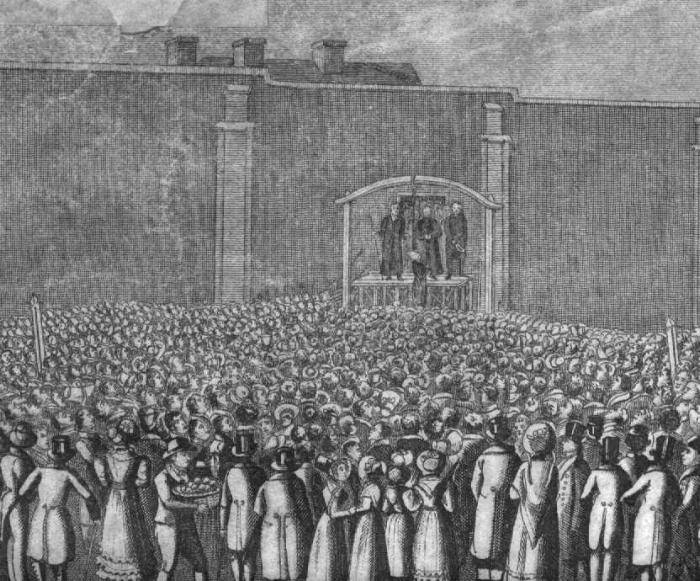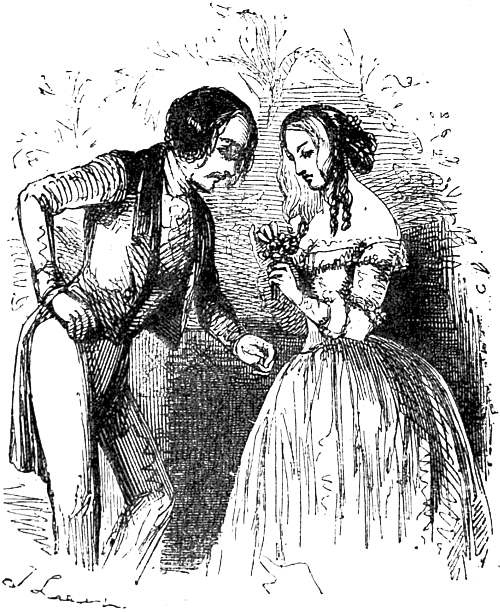created 2025-06-09, & modified, =this.modified
rel: History of Dating, Calling Consuming Romantic Utopia - Eva Illouz
Why I’m reading
Reading about Lonely Hearts Advertisements in The Amorous Heart by Marilyn Yalom.
Wonderful title.
A History of the Lonely Hearts Ad 1695 - 2010
Musuo
Musuo people of China are referred to as China’s last matrilineal society. Women are the heads of houses, inheritance is through the female line, and women make business decisions. But political power tends to be in the hands of men.
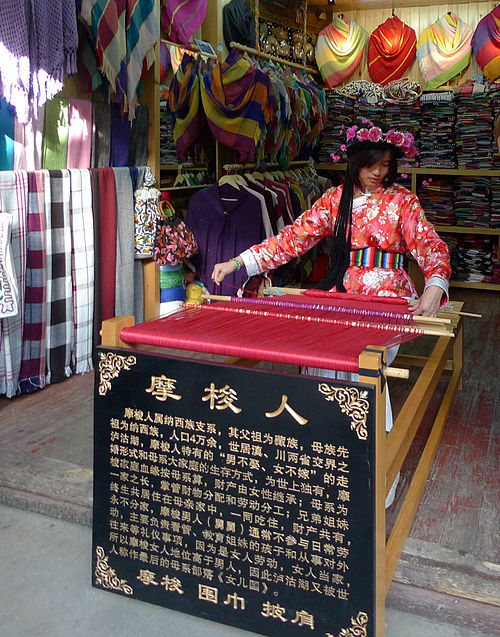
They have a concept of walking marriage which remains poorly understood. In a walking marriage both couples live under the roof of their extended families during the day, but at night it is common for a man to leave and stay at a woman’s house (if permitted) till sunrise. Therefore, they do not technically live in the same household, but they are free to visit when granted permission.
Nan-sese (to visit furtively):
“When a Mosuo woman or man expresses interest in a potential partner, it is the woman who may give the man permission to visit her. These visits are usually kept secret, with the man visiting the woman’s house after dark, spending the night, and returning to his own home in the morning.”
Nine Days Wonder and Laughter
July 19th 1965 - the first Lonely Hearts ad was published.
A Gentleman about 30 Years of Age, that says he had a Very Good Estate, would willingly Match himself to some Good Young Gentlewoman that has a Fortune of 3000I. or thereabouts, and he will make Settlement to Content.
John Houghton added the adverts to his Collections for the Improvement of Husbandry and Trade
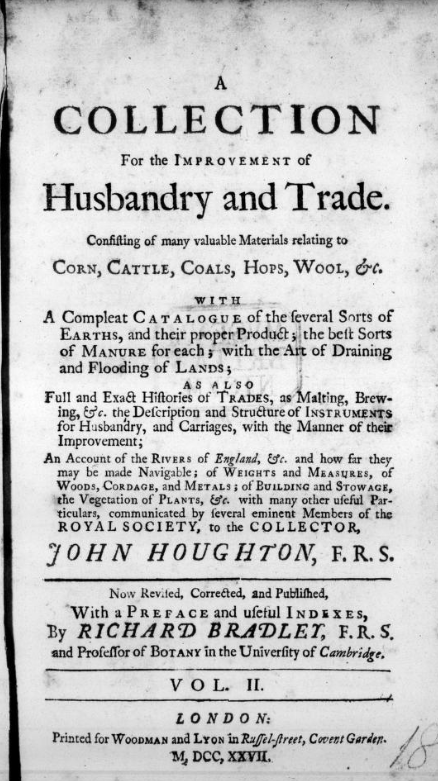
By April of the following year, 1696, Houghton’s venture had become such a success that he was able to claim: ‘their own Parents shall not manage it more to their Satisfaction, and the more comes to me the better, I shall be able to serve them.’
Upper echelons had a tight knit network of friends, family and neighbors for the marriage market. Lower on the social scale was the workplace, or in rural areas young people would meet at local celebrations and fairs.
Popular 17th century manual of courtship – The Misteries of Love and Eloquence, Or the Arts of Wooing and Complementing by Edward Philips (1658)
The full title is
The Mysteries of Love & Eloquence, or, The Arts of Wooing and Complementing as They Are Manag’d in the Spring Garden, Hide Park, the New Exchange, and Other Eminent Places : a Work in Which is Drawn to the Life the Deportments of the Most Accomplisht Persons, the Mode of their Courtly Entertainments, Treatments of Their Ladies at Balls, Their Accustom’d Sports, Drolls and Fancies, the Witchcrafts of Their Perswasive Language in their Approaches, or Other More Secret Dispatches
Cricket
I’m also seeing this book is inadvertently the first mention of cricket ball in literature.
Since the book consists of some exemplary dialogues:
Between the Countrey Bumkin and his Mistriss going to a Fair and At the Inn.
Richard: Nay ‘tis true Kate, and I’le lay our pie-bald Mare against any Horse in the Town, that thou hast as pretty a smelling brow as any Lass in the Countrey. Kate: Ay, but Richard will you think so hereafter? Will you not when you have me throw stools at my head; and cry, Would my eyes had been beat out of my head with a cricket-ball, the day before I saw thee.
Women were always defined in relation to the men who controlled them: someone’s daughter, wife or widow. Often satirical.
A coffeeman’s daughter about the Temple. Her only fault she squints a little. £100.’
A Want of Acquaintance
A gentleman who, on the twentieth instant, had the honour to conduct a lady out of a boat at Whitehall Stairs, desires to know where he may wait on her to disclose a matter of concern. A letter directed to Mr Samuel Reeves, to be left with Mr May, at the Golden Head, the upper end of New Southampton Street, Covent Garden.
Before modern technology the Once Seen ad (starting in 1709 in The Tatler) would allow missed opportunity romances to connect once again.
The first Lonely Hearts was a rich, handsome man in search of young, blonde, wealthy woman – a trope that would continue.
‘Promise, large promise, is the soul of an advertisement,’
1750:
good teeth, soft lips, sweet breath, with eyes no matter what colour, so they are but expressive; of a healthy complexion, rather inclin’d to fair than brown; neat in her person, her bosom full, plump, firm and white; a good understanding, without being a wit, but cheerful and lively in conversation, polite and delicate of speech, her temper humane and tender, and to look as if she could feel delight where she wishes to give it.
No records survive if the ads were successful (they might have been secretive if so).
In 1748 the General Adviser printed a plea to a genteelly dressed laid who was seen to lead a string of beautiful stone horses, from a gentleman smitten by her behavior. He proposed a deal, if they met and she decided not to marry him, he would buy all her horses instead. Ten years later, an appeal appeared for “A young Lady ho was at Vauxhall” who had been spotted by:
a young Gentleman in blue and a gold-laced hat, who, being near her by the Orchestra during the performance, especially the last song, gazed upon her with the utmost attention .. . He earnestly hopes (if unmarried) she will favour him with a line directed to A.D. at the bar of the Temple Exchange Coffeehouse, Temple-bar, to inform him whether Fortune, Family, and Character, may not entitle him, upon a further knowledge, to hope an interest in her Heart.
Nathaniel Mist (in such a large city full of strangers, adverts are the means to connect):
‘it is certain that in a great and populous City like this, where the Inhabitants of one End of the Town are Strangers to the Trade and Way of Living of those of the other, many Things which prove to be of singular Use and Benefit could never be known to the World by any other Means but this of advertising . .
A Feeling Heart
By the end of the 1700s personal choice of partners had replaced arranged marriage as a social ideal, and individuals were encouraged to marry for love. For the first time in five thousand years, marriage came to be seen as a private relationship between two individuals rather than one link in a larger system of political and economic alliances.
The delicacy of women was came under focus, “susceptible to soft passions”
Alexander Jardine admitted in 1788: ‘Many of those female weaknesses which we term delicacy etc., and pretend to admire, we secretly laugh at; — or when our taste is so far vitiated as to really like them, it is chiefly for their being symptoms of inferiority and subordination, that soothes and feeds our pride and domineering spirit.
Mary Wollstonecraft saw that championing delicacy had the effect of of infantilizing and undermining women. But it was also applied to men at times, providing a heart of “affection, sensibility, and delicacy”.
Regarding consumer revolution and ostentatious dress:
Men sought a return to innocence, and therefore a wife who was ‘a stranger to the hackneyed tricks of the town (1793).
Seeking romantic love was prioritized (partly in rebellion as the desire for wealth/marriage marked the false values of the old), but the perfect union was described:
The happy marriage is, where two persons meet, and voluntarily make choice of each other, without principally regarding or neglecting the circumstance of fortune and beauty … Personal perfections are the only solid foundation for conjugal happiness: the gifts of fortune are adventitious, and may be acquired; but intrinsic worth is permanent and incommunicable.
For many love remained first and foremost a business transaction – and men with money to offer trumpeted the fact.
David Riesman The Lonely Crowd in 1950: Urban loneliness is a phenomenon specific to the last 300 years, where people are everywhere and yet nowhere, creating profound isolation.
The Lonely Hearts ad were a mark of desperation. Ad were invariably written in a detached third-person.
Burnt Lady
October 17th 1786 an ad appeared, for a woman in search of husband with poor sight, due to an accident years back (leaving her face badly burnt, a implication of ugliness)
Thought
I like her?
These ads were a mixture of entertainment, reality and fiction. Almost less like Hinge, and more like a dating show.
Answering, one man stated his income and stated determination of never marrying a handsome woman, for they are vain and all time is spent self-focused. Another answer was done in 29 rhyming couplets.
The burnt lady “he spiteful East wind has opened a small watery tumour in her face, which will oblige her, for some time, to wear a mask”.
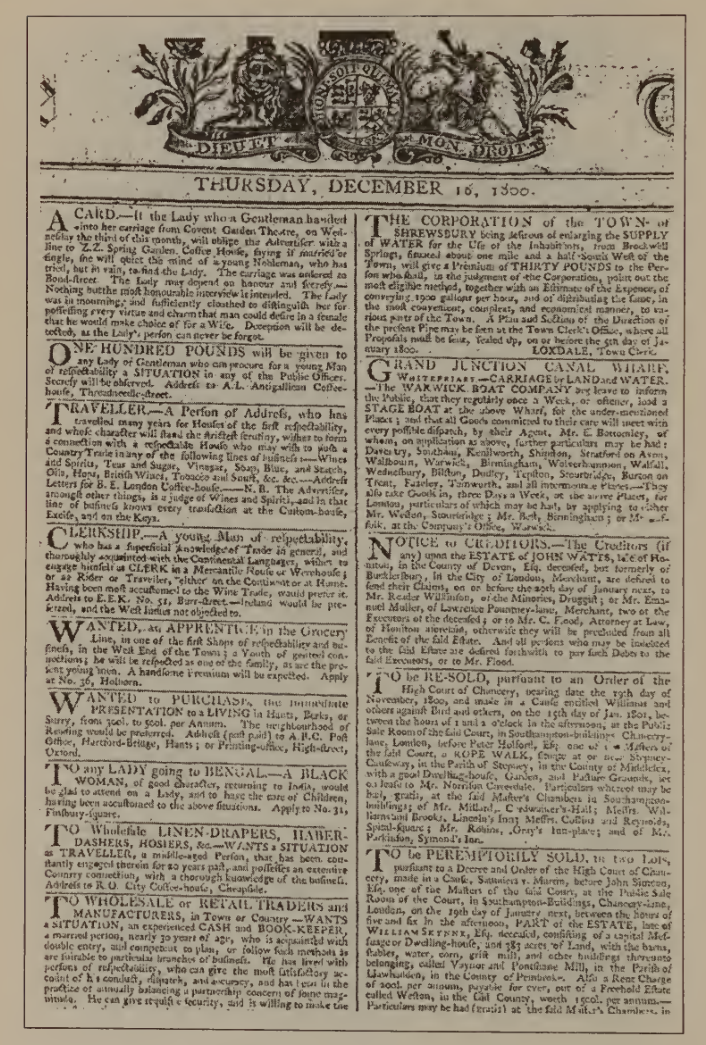
Coffee house
The coffee house lay at the heart of Lonely Hearts business. They constantly appear in ads.
Thought
Some external bits on coffeehouses, supposed meeting places of artists and intellectuals. A place of debate and meeting.
They were called Penny Universities as the rich intellectual atmosphere of early London coffeehouses was available to people paying a penny for entry. Students would spend more time in the shop than in classes.
Connection to the news – a nexus place Come Upon You
Anthony Wood observed of the coffee houses of Oxford in his Life and Times (1674) “The decay of study, and consequently of learning, are coffee houses, to which most scholars retire and spend much of the day in hearing and speaking of news”
On the quotidian nature
power lay in the fact that they were in daily touch with the people. Their purpose was something more than to provide a meeting-place for social intercourse and gossip; there was serious and sober discussion on all matters of common interest.
However, Americans did not start choosing coffee over tea until the Boston Tea Party and the Revolutionary War
There was layer of secrecy and Coffee houses and pubs provided that. Rarely was a full name provided.
Often the writers would respond to the ad with the outcome. “By your means, I have been introduced to the correspondence of Laura, whose character, manners and accomplishments lead me to the most flattering prospects of happiness.”
Were such a method more frequently practised, it might be the means of bringing many worthy characters together, whose minds are fitted for each other, but whom accident or unacquaintance keep asunder. - I have several acquaintances, richer and more deserving than myself, but similar in other respects, whom I shall advise to follow my example.’
Sighs and Lamentations
For most women marriage was the ultimate aim. The view of missing out of the “sacred state” was viewed with dread. Without a husband, it was extremely difficult to support oneself financially.
‘I have a Mortal Aversion to be an Old Maid, and a decaid Oak before my Window, leaveless, half rotten, and shaking its wither’d Top, puts me in Mind every morning of an Antiquated Virgin, Bald, with Rotten Teeth, and shaking of the Palate,’ wrote the future Lady Mary Wortley Montagu near the beginning of the eighteenth century.
The average age of marriage dropped from 26 to 23 in 1700 to 1800, applying more pressure.
Most women met their husband through friends or family.
The first magazine aimed solely at woman was Ladies’ Mercury in 1693. (It lasted four issues.)
The life expectancy for men was a little less than 40, so most women advertised were described as widows and the remarrying widow became a stock character of 18th century comedies.
Women were generally reading more.
Ever since Daniel Defoe’s The Family Instructor (1715), one of the earliest novels of the sentimental genre, there had been a concern that women would get so caught up in the fantasy of such books that they would affect not only their private compositions, from diaries to letters to Lonely Hearts ads, but also their actions in real life.
“man of spirit”: The fantasy of a clandestine romance was an alluring one.
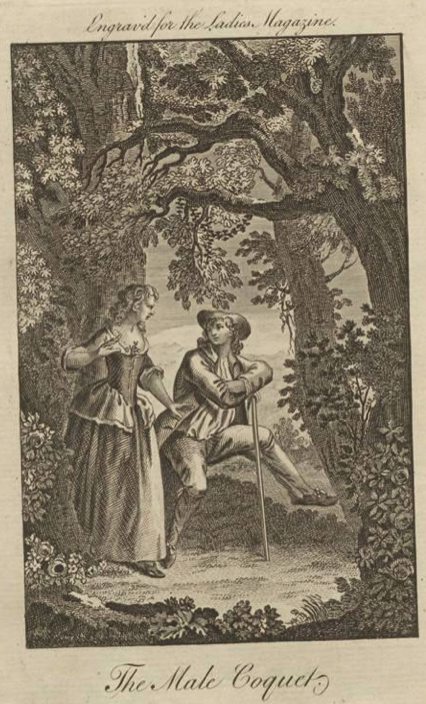
Placing an ad was not a normal act. For many, voicing desires in print was a bold act of defiance.
Widows created pathetically low expectations of the sort of man they’d hope to attract, “she is no so vain as to expect a gentleman.” (1768) despite the fact she was not yet 26.
There is no doubt some personal columns were selling sex.
A Lady, whose accomplishments hath acquired the esteem of the beau monde, having lately lost a secret friend, is desirous of putting herself under the protection of any person of rank and fortune. Person agreeable; disposition happy; can suit herself either to the sprightly levity of the gay, or the more sedate turn of the grave and wise. Though brought up in the bon ton, her reason is not impaired. Her real situation is an entire secret to her acquaintance, which she hopes will apologize for this address. A line, post paid, for N.N. at the Cecil-street Coffee-house, Strand, till called for, shall be attended to.
Coffeehouses became difficult targets of contact, because they were male dominated and it would be conspicuous to visit, this is one reason from the 1780s they were superseded by shops, newspaper offices, or libraries as the principal point of contact.
Beauty in Search of Knowledge (1782) - “Letters were to be left at Mr Milne’s Circulating Library at 202 High Holborn.”
Thought
What was the nature of directing these letters to different businesses/locations? It seems so foreign, like if I were to direct mail to the local Starbucks.
Hmm. I’m trying to think of analogs, like messaging on a message board/group for a local venue? Dating in the comments on the 7-11 instagram page?
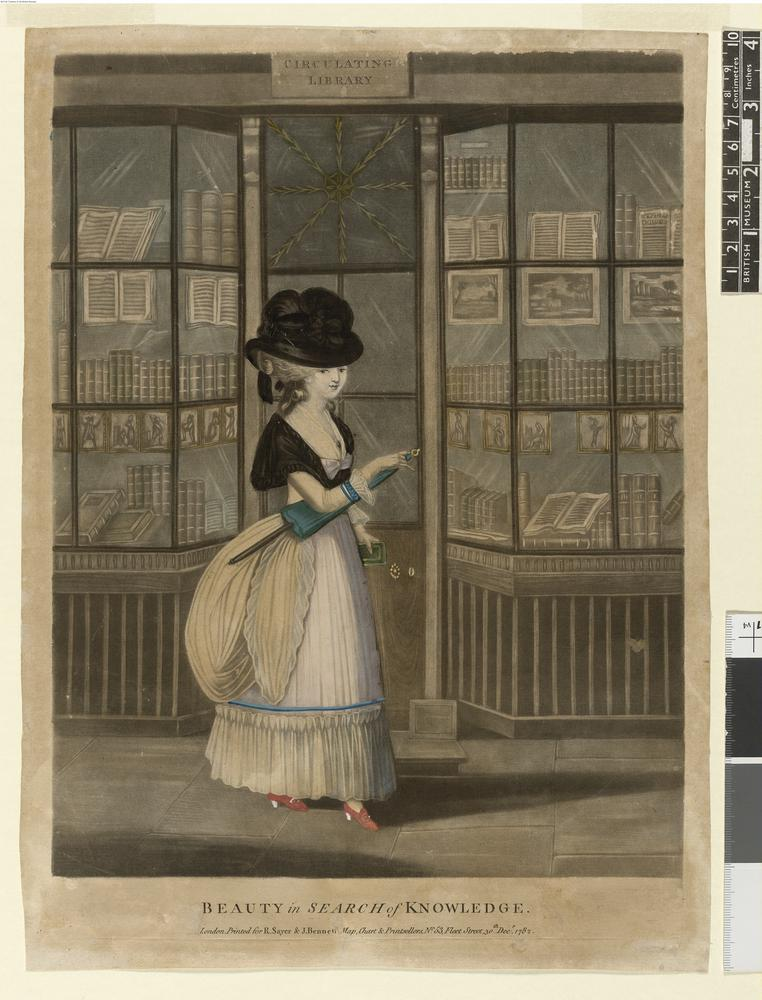
Enterprizing Enamoratos
In 1790s in Windsor, an eccentric, Sir John Dineley (in embroidered coat and flowery waiscoat) would find women on the street, bow and hand her a leaflet addressed to “the fair ladies of Great Britain, old or young” and stalk away.
To secure for himself a wife was the business of his existence; to display himself properly where women most do congregate was the object of his savings. The man had not a particle of levity in these proceedings; his deportment was staid and dignified. He had a wonderful discrimination in avoiding the tittering girls, with whose faces he was familiar. But perchance some buxom matron or timid maiden who had seen him for the first time gazed upon the apparition with surprise and curiosity. He approached. With the air of one bred in courts he made his most profound bow; and taking a printed paper from his pocket, reverently presented it and withdrew
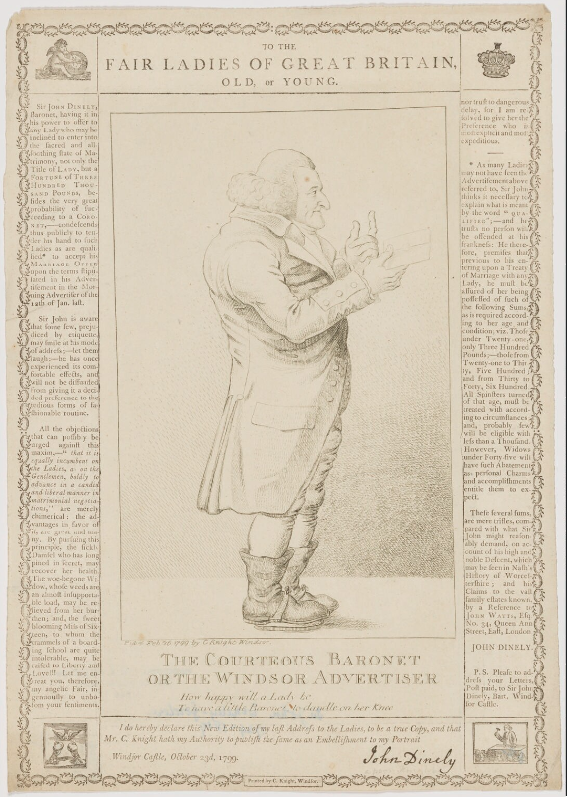
He wrote adverts (1802 Ipswich Journal)
To the angelic fair of the true English breed. Worthy notice. Sir John Dineley, of Windsor Castle, recommends himself and his ample fortune to any angelic beauty of a good breed, fit to become and willing to be the mother of a noble heir, and keep up the name of an ancient family ennobled by deeds of arms and ancestral renown. Ladies at a certain period of life need not apply. Fortune favours the bold …
He did this for 15 years.
Marriage Brokers were accepted in France. A typical edition announced these prospects
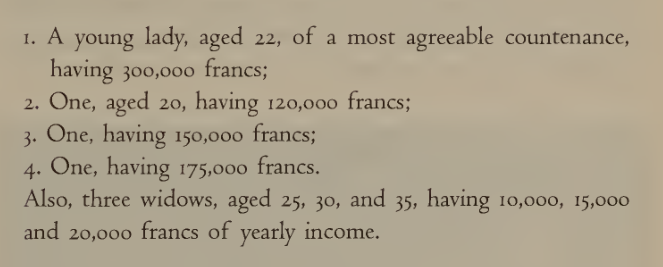
Lord Byron makes a reference to advertising
I admired your niece, but she is engaged … — Besides she deserves a better heart than mine — What shall I do — shall I advertise?’
The Red Barn Murder
Thought
This is just madness, especially be bit of the interrupted “spring-heeled jack” investigation.
The Red Barn Murder was an 1827 murder in Polstead, Suffolk, England. A young woman, Maria Marten, was shot dead by her lover William Corder at the Red Barn, a local landmark. The two had arranged to meet before eloping to Ipswich. Corder sent letters to Marten’s family claiming that she was well, but after her stepmother spoke of having dreamed that Maria had been murdered, her body was discovered in the barn the next year.
Suspicion continued to grow, and Marten’s stepmother began talking of dreams that Maria had been murdered and buried in the Red Barn. On 19 April 1828, she persuaded her husband to go to the Red Barn and dig in one of the grain storage bins. He quickly uncovered the remains of his daughter buried in a sack. She was badly decomposed but still identifiable. An inquest was carried out at the Cock Inn at Polstead (which still stands today), where Marten was formally identified by her sister (also named Ann) from some physical characteristics. Her hair and some clothing were recognisable, and she was known to be missing a tooth which was also absent from the jawbone of the corpse. Evidence was uncovered to implicate Corder in the crime: his green handkerchief was discovered around the body’s neck.
Corder was easily discovered, as Ayres, the constable in Polstead, was able to obtain his old address from a friend. Ayres was assisted by James Lea, an officer of the London police who later led the investigation into “Spring-heeled Jack”. They tracked Corder to Everley Grove House, a boarding house for ladies in Brentford. He was running the boarding house with his new wife Mary Moore, whom he had met through a lonely hearts advertisement that he had placed in The Times (which had received more than 100 replies).
He was hung.
The body was taken back to the courtroom at Shire Hall, where it was slit open along the abdomen to expose the muscles. The crowds were allowed to file past until six o’clock, when the doors were shut. According to the Norwich and Bury Post, over 5,000 people queued to see the body.
The case was a sensation with all of the elements (a ghost tale, murder scene, advertisement, hanging).
Tomfoolery of Silly Girls
Lena, the daughter of a professional gentleman, is between 30 and 40 years of age, not tall, dark hair, pleasant countenance, and possesses a warm loving disposition, but owing to a trial early in life, has only now concluded it is best to marry, as she, like the ivy, requires some thing to cling to and fill up the void in her heart. Editor has Lena’s address. (10 September 1870)
The production of Valentine’s Day cards.
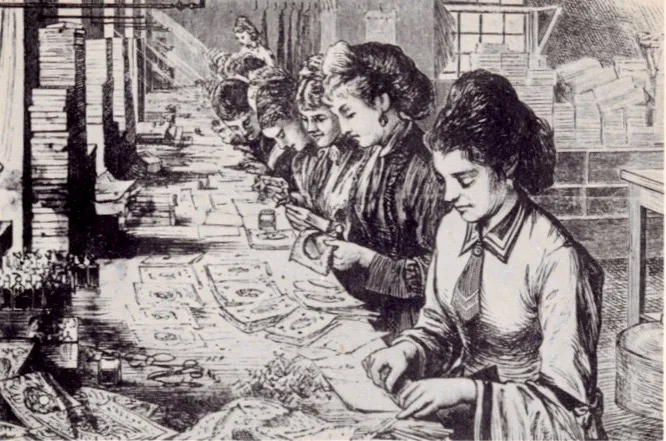
Increasing appearance of the phrase, ‘Photos exchanged’. It had been in occasional use since the invention of the carte de visite in 1854, ‘The first easy-to-use camera, the Kodak, was launched.
So in the late 1800s physical appearance now played a role in newspaper courtship.
It became a business and many of the advertisements were fabricated. While they could have been false names, ads from Fanny Fair and Charlie Chesterfield, called into question the aura of respectability.
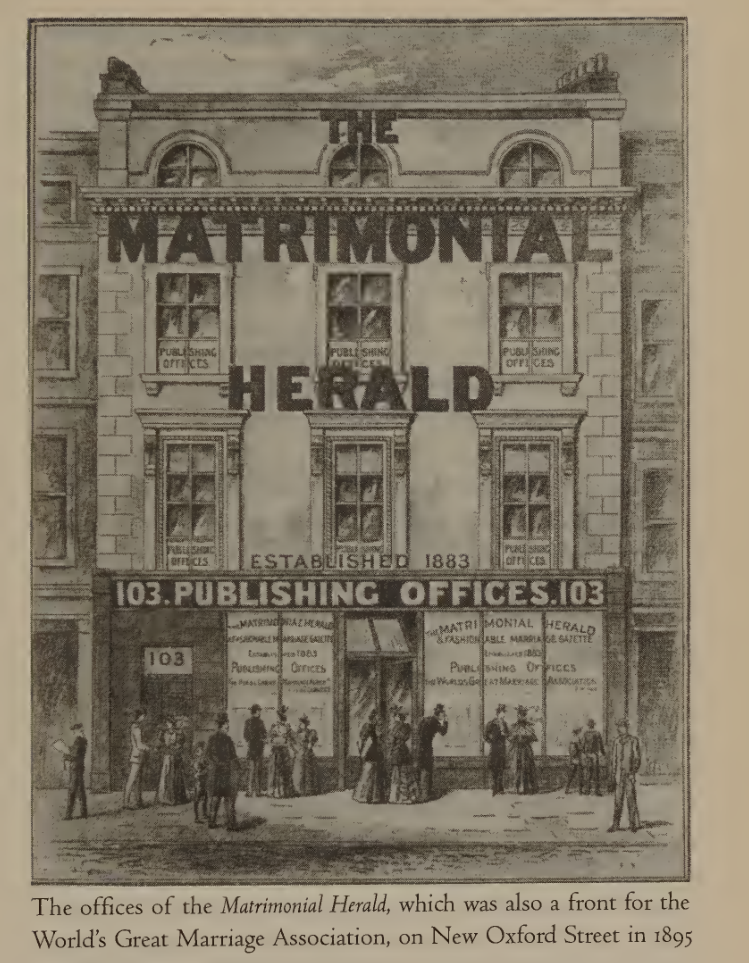
Popular music hall song lyrics
I think we would all prefer Marriage with strife Than to be left on the shelf And be nobody’s wife.
The war and spanish-flu epidemic caused “surplus of women”
